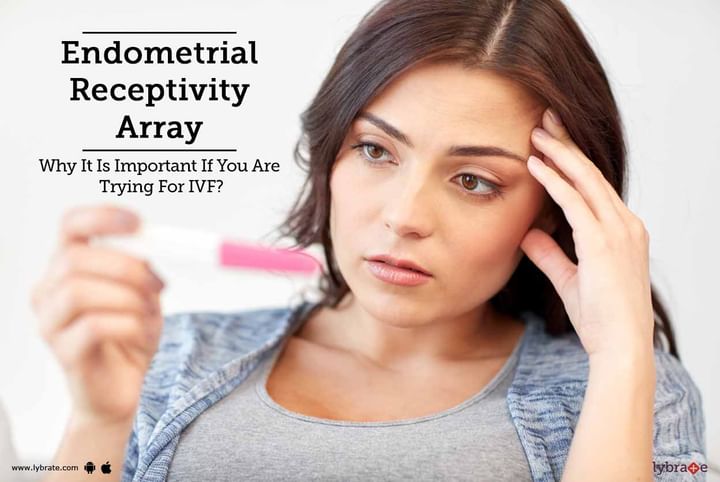Endometrial Receptivity Array - Why It Is Important If You Are Trying For IVF?
If a couple is unable to conceive naturally despite having unprotected sexual intercourse for over a year, they may be diagnosed with infertility. IVF is one of the most common ways of dealing with infertility. This is a process where eggs from the female and sperm cells from the male are harvested and combined in a laboratory to form embryos. The embryos are then reinserted into the woman’s uterus. This is a crucial step of the IVF procedure. In order for the treatment to be successful, at least one embryo must attach itself to the endometrial lining of the uterus. This allows the embryo to receive nutrition from the mother. If the embryo is not attached successfully, it will be expelled from the body. In such cases, the woman is said to have an unreceptive uterus.
One of the ways to check the receptivity of the endometrial tissue is through an Endometrial Receptivity Array (ERA) test. This involves taking a biopsy sample of the endometrial tissue on a particular day of the woman’s menstrual cycle and sequencing the genes of the sample. Collecting the sample takes hardly any time but processing it can take up to 3 weeks. This is akin to a personalized genetic test. The results of the Endometrial Receptivity Array test help to determine the ideal time during the menstrual cycle when the embryos should be implanted.
This test is not always recommended for IVF patients. It is usually advised only if the woman is over the age of 37 years and the couple has had 2 or more failed IVF cycles. It may also be advised if the woman has healthy eggs but is still unable to conceive. This is a fairly simple procedure which may be performed in the doctor’s office. It is not painful and there are no serious risks associated with it.
Though this procedure can make IVF a little more expensive, there are a number of benefits associated with it. For starters, it helps reduce the risk of IVF failure and increases the chances of having a successful pregnancy. This helps save time by increasing the probability of a successful implantation in the first cycle of IVF itself. In the long run, it also helps save money. This is because each IVF cycle has a cost associated with it. Hence, undergoing an ERA once and finding the perfect window for implantation can negate the need for further IVF treatment.



+1.svg)
